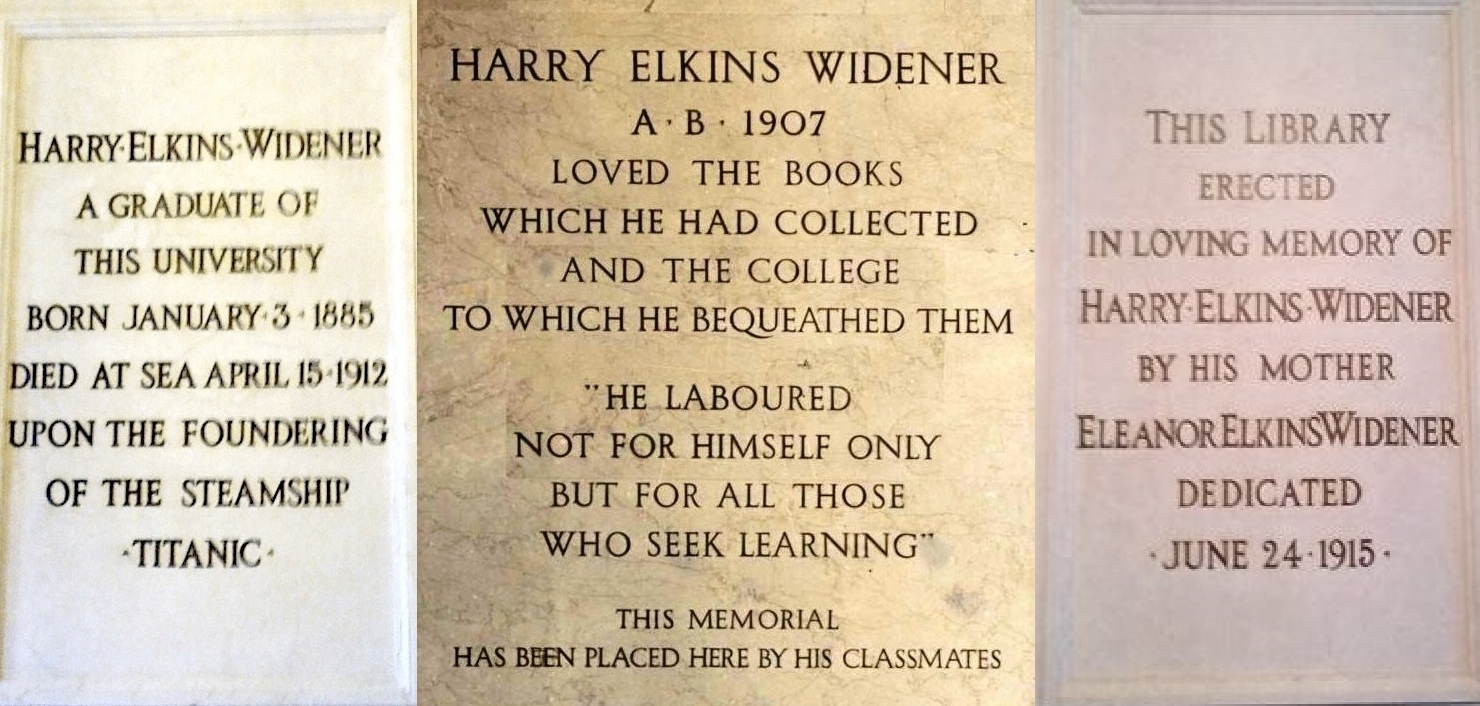|
Harvard Bixi
The Harvard Bixi is a 17-foot high, 27 ton Chinese marble stele with a turtle pedestal located at Harvard University, north of Boylston Hall and west of Widener Library in Harvard Yard, in Cambridge, Massachusetts. The stele was presented to the university by the Chinese Harvard Alumni for its Tercentenary in September 1936. History The Bixi was created ca. 1820 in Beijing, and the stele was originally a gift from the Jiaqing Emperor to Songyun (松筠), the governor-general of Jiangsu and Jiangxi.Shand-Tucci, Douglass & Richard Cheek''Harvard University: an architectural tour'' Princeton Architectural Press, 2001. p. 153. Although the original inscription was unknown, the stele was kept in the Old Summer Palace in Beijing until the complex was destroyed in 1860, during the Second Opium War. The meticulous carvings of dragons chasing pearls on the sides and top of the marble tablet are the only traces that indicate the stele's imperial past. Harvard's Tercentennial cele ... [...More Info...] [...Related Items...] OR: [Wikipedia] [Google] [Baidu] |
Widener Library
The Harry Elkins Widener Memorial Library, housing some 3.5million books in its "vast and cavernous" stacks (library architecture), stacks, is the centerpiece of the Harvard College Libraries (the libraries of Harvard's Harvard Faculty of Arts and Sciences, Faculty of Arts and Sciences) and, more broadly, of the entire Harvard Library system. It honors 1907 Harvard College graduate and book collector Harry Elkins Widener, and was built by his mother Eleanor Elkins Widener after his death in the sinking of the RMS Titanic, sinking of the RMS ''Titanic'' in 1912. The library's holdings, which include works in more than one hundred languages, comprise "one of the world's most comprehensive research collections in the humanities and List of social sciences, social sciences." Its of shelves, along five miles (8km) of aisles on ten levels, comprise a "labyrinth" which one student "could not enter without feeling that she ought to carry a compass, a sandwich, and a whistle." At the bui ... [...More Info...] [...Related Items...] OR: [Wikipedia] [Google] [Baidu] |
Bixi - Harvard University - IMG 0110
Bixi, or Bi Xi (), is a figure from Chinese mythology. One of the 9 sons of the Dragon King, he is depicted as a dragon with the shell of a turtle. Stone sculptures of Bixi have been used in Chinese culture for centuries as a decorative plinth for commemorative steles and tablets, particularly in the funerary complexes of its later emperors and to commemorate important events, such as an imperial visit or the anniversary of a World War II victory. They are also used at the bases of bridges and archways. Sculptures of Bixi are traditionally rubbed for good luck, which can cause conservation issues. They can be found throughout East Asia in Japan, Korea, Vietnam, Mongolia, and the Russian Far East. History The tradition of tortoise-mounted stelae originated no later than early 3rd century (late Han dynasty). According to the 1957 survey by Chêng Tê-k'un (), the earliest extant tortoise-borne stele is thought to be the one at the tomb of Fan Min (), in Lushan County, Ya'a ... [...More Info...] [...Related Items...] OR: [Wikipedia] [Google] [Baidu] |
